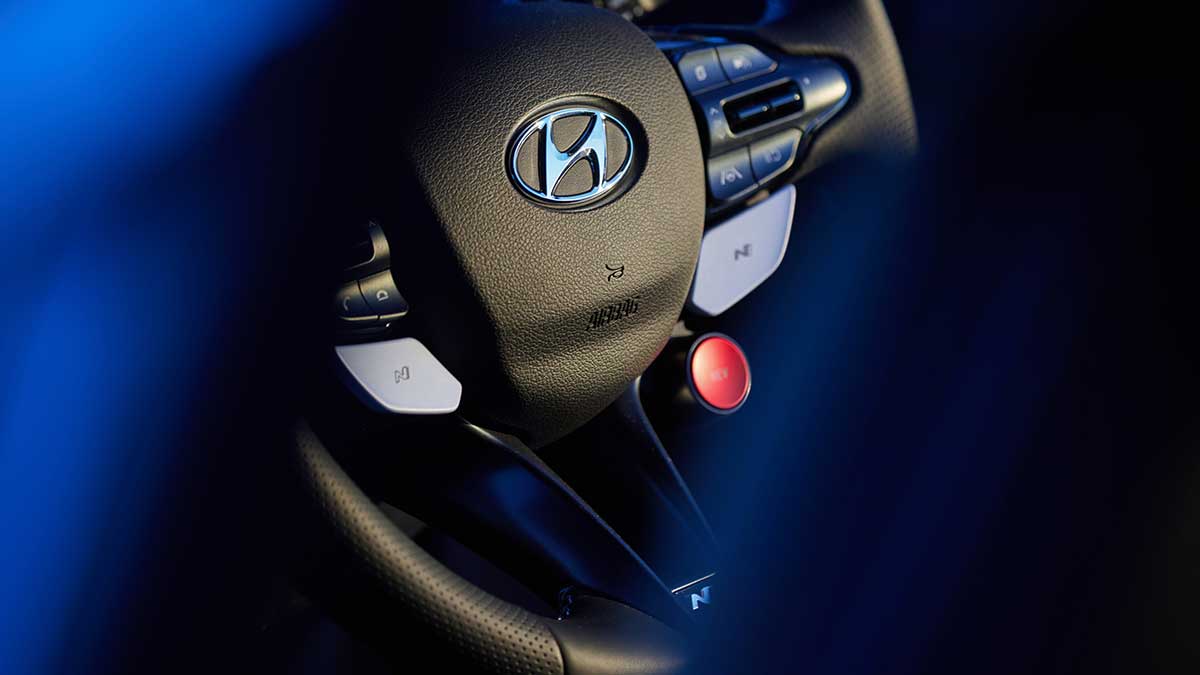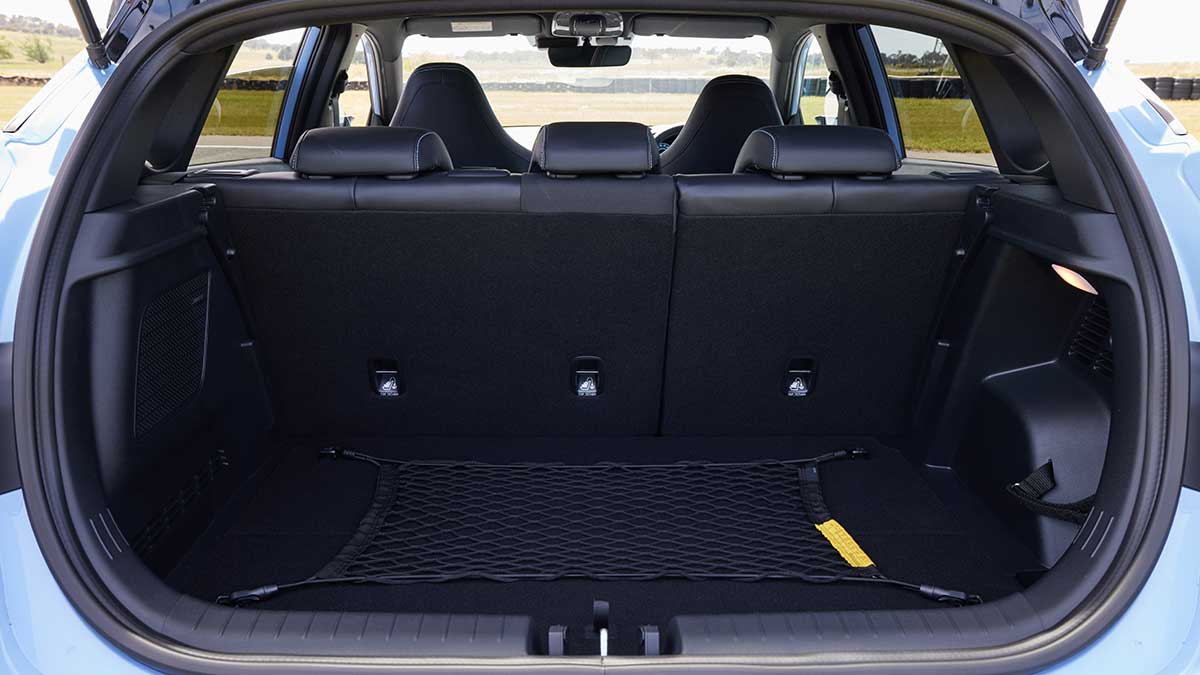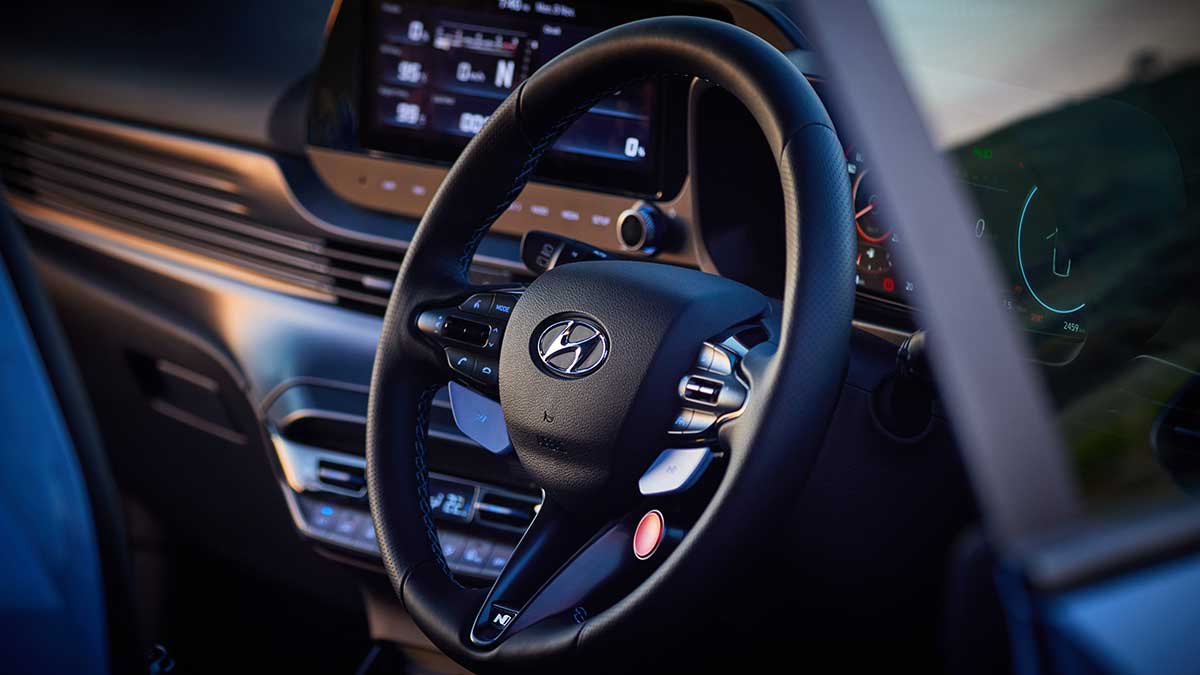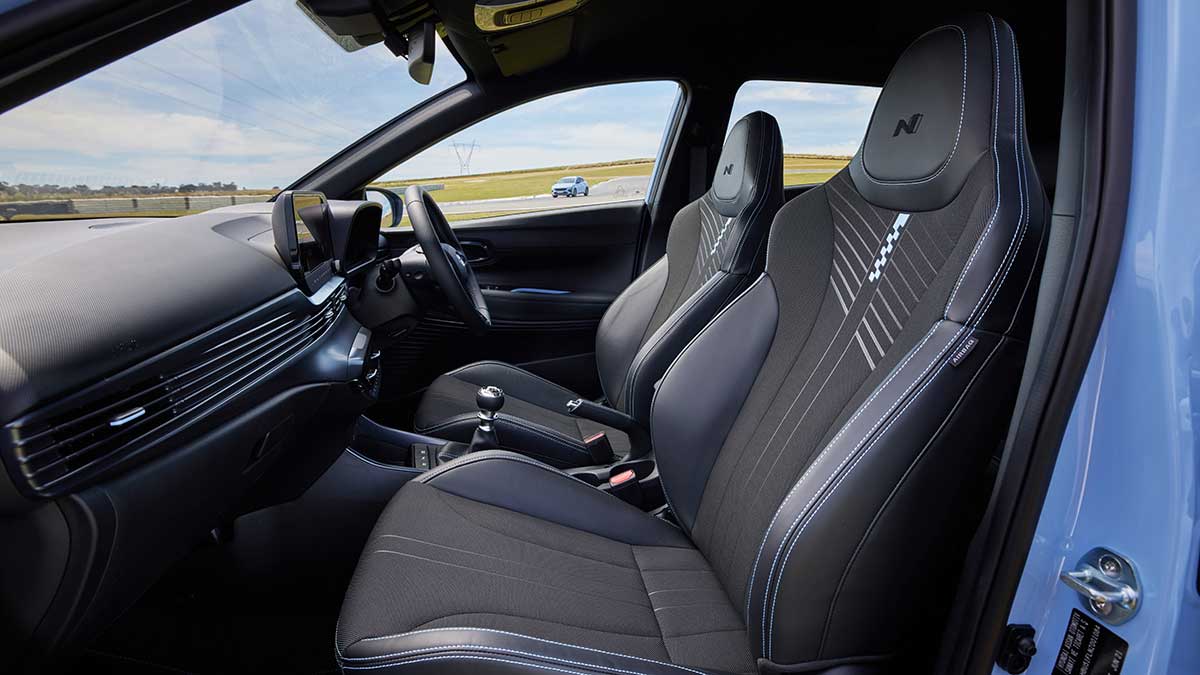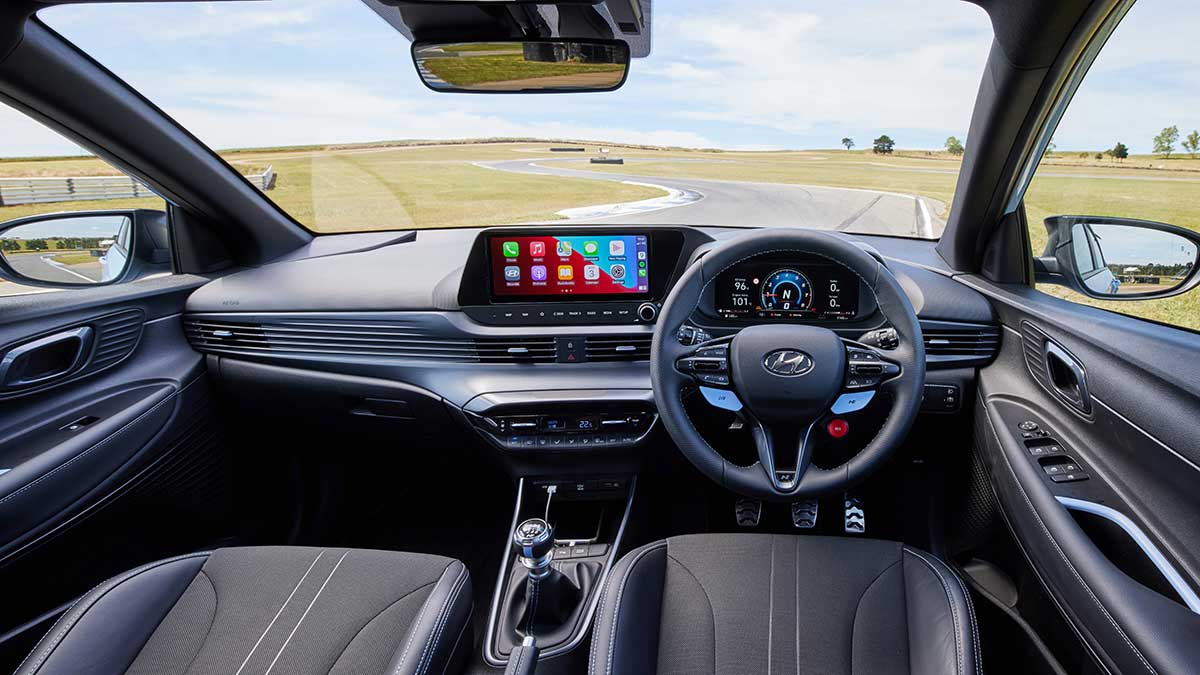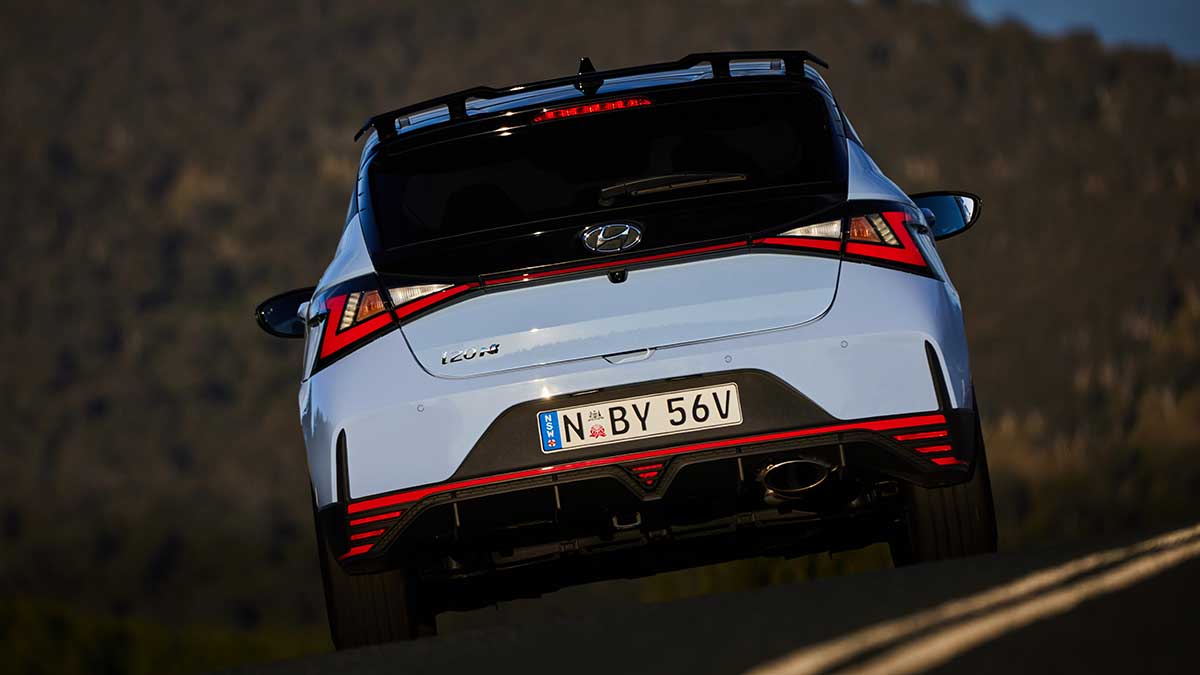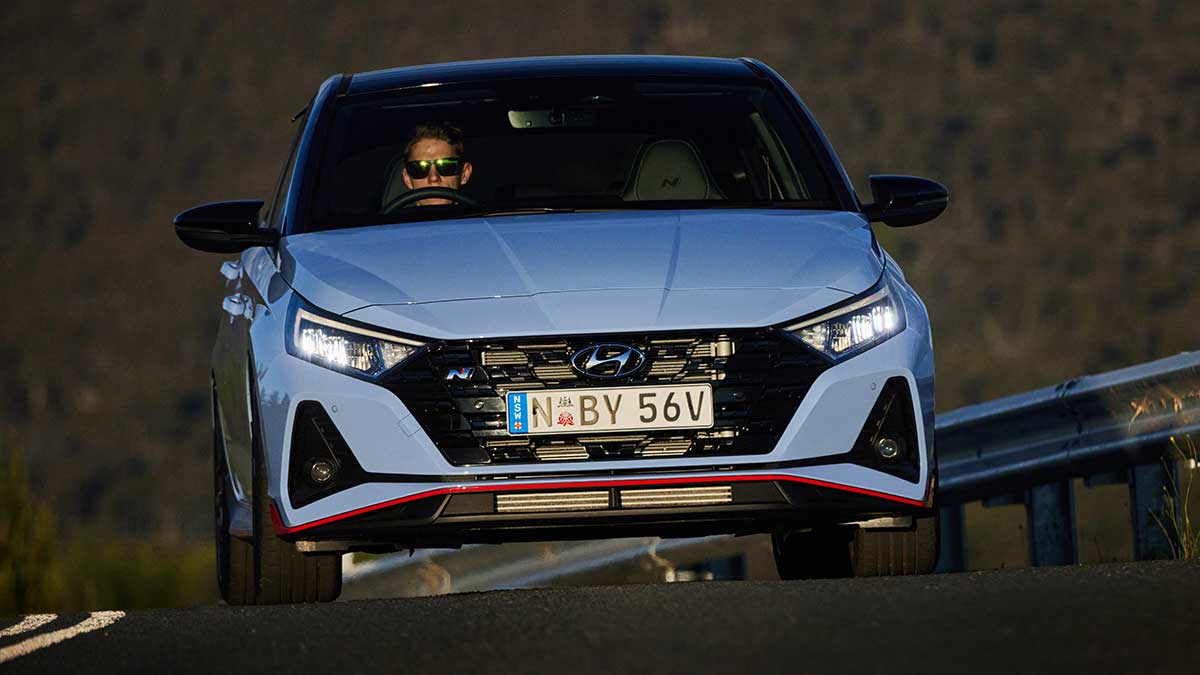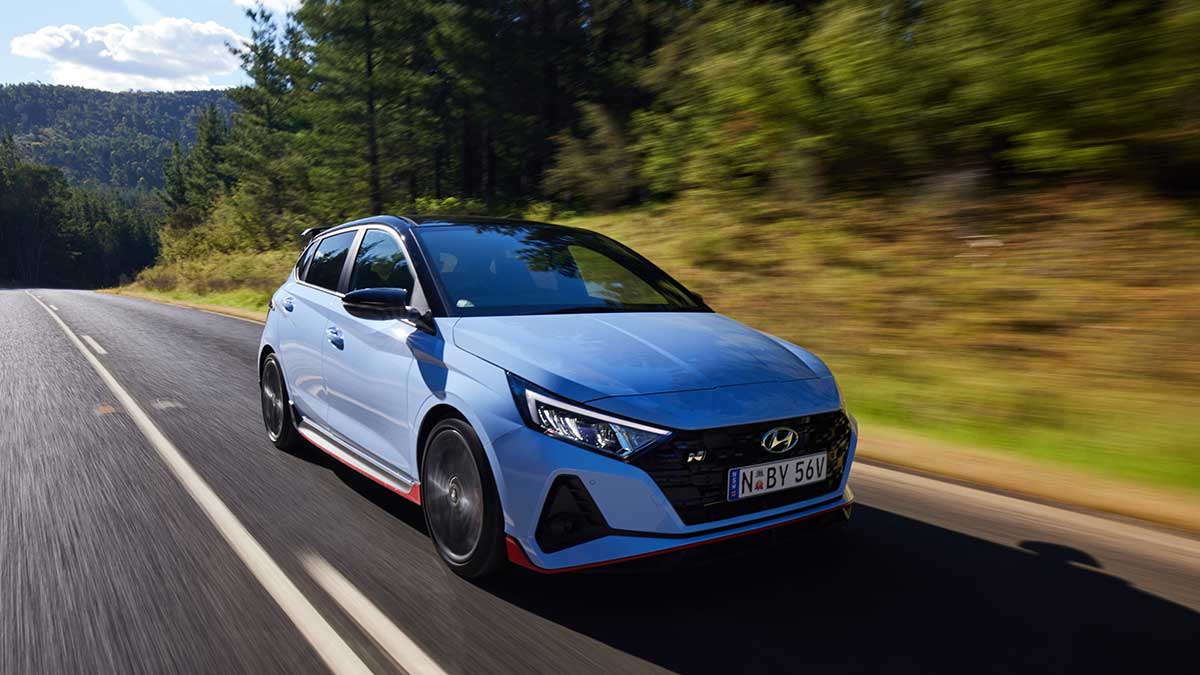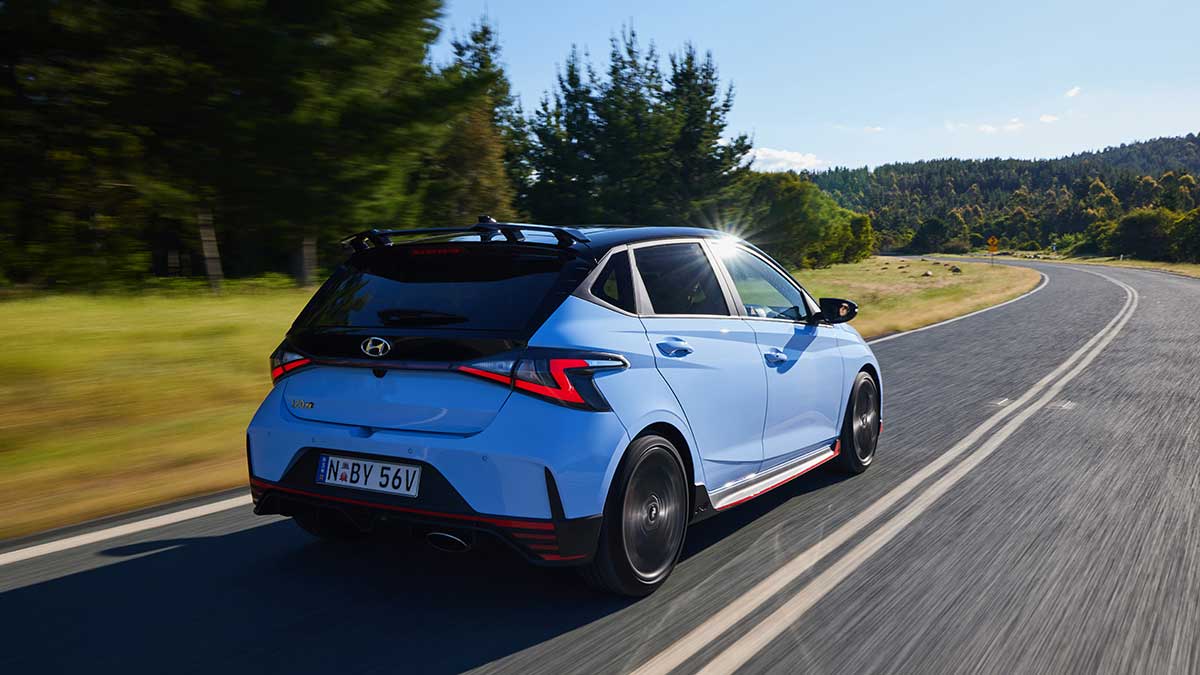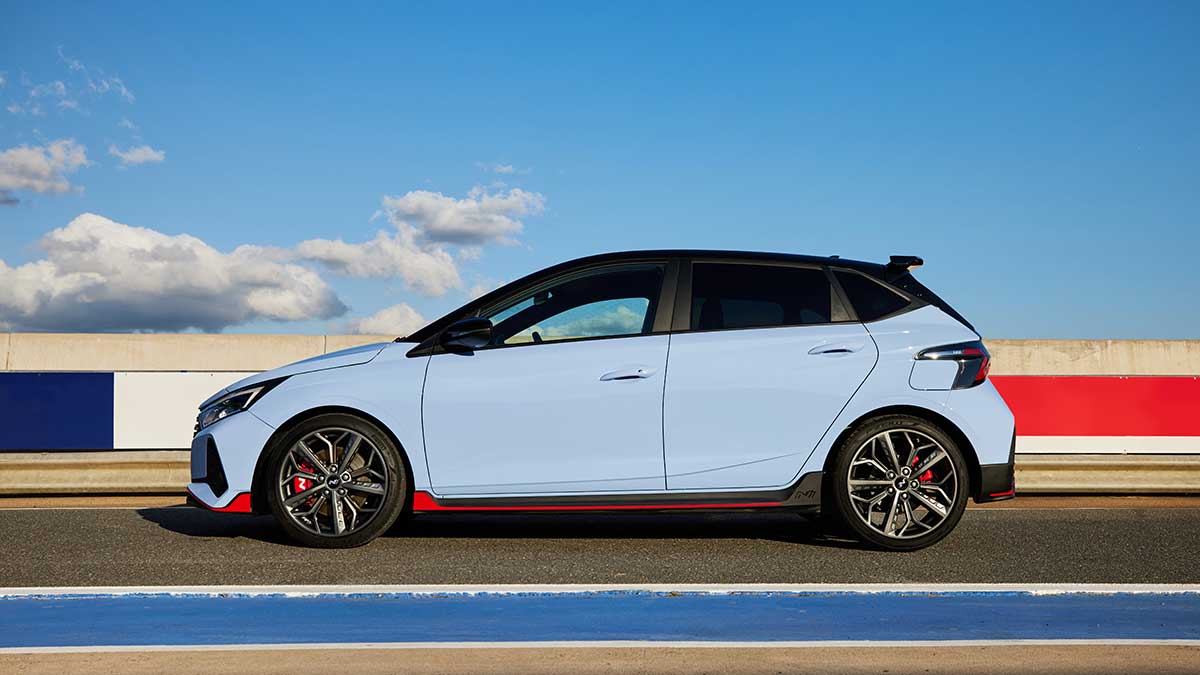The ninth-generation Toyota HiLux has arrived, bringing with it a futuristic forward exterior design, more safety and tech and the same rugged capability owners love. Will the updates tempt private buyers away from the Ford Ranger or are they just enough to keep fleets onside?
2021 Hyundai i20 N road test review

‘N’ has traditionally symbolised success for Hyundai’s sports car range. Will the light-car-sized pocket rocket bring more critical acclaim?
There are three interpretations of the ‘N badge’ that has denoted Hyundai’s performance range. The vehicles are conceived at the company’s Namyang R&D centre, refined at the notorious Nurburgring circuit, and the ‘N’ itself is meant to denote a chicane.
Beyond the marketing, there is one commonality to the N range: they are all engaging cars to drive on back roads, if not the fastest cars in a straight line.
The latest iteration in the series is the i20 N - a light hatch that will just take four people. While only a brave passenger would willingly subject themselves to the G-forces this car generates when the road begins to turn, they’re unlikely to complain beyond a lack of legroom.
If you're hoping to get one for Christmas, you'll need to contact a dealer now and not be too fussy about the colour.
On this page
What do you get for the price?
An i20 N costs $32,490 before on-road expenses, which equates to somewhere just south of $40,000 in your garage.
The dreaded semiconductor shortage and international popularity of the i20 N means Australia has been allocated around 600 cars this year, and Hyundai Australia concedes many of those vehicles have been pre-sold.
If you are fortunate enough to have a choice of colours, the choices run from white, silver and blue (all standard) to red and black, which attract a $495 premium. If you’re wanting to opt for a two-tone scheme with a black roof - available on the white, silver, blue and red painted models - the paint expense will extend to $1000.
The i20 N is covered by Hyundai’s five-year, unlimited kilometre warranty and service intervals are every 12 months or 10,000km. The first five services will set owners back $309 a visit.
How safe is it?
No one has crash-tested the i20 N yet, so there’s no official star rating. The hatch has 12 extra welds across the chassis and a reinforced subframe compared with the regular i20 - that translates into a taut, communicative body that lets the driver know exactly what’s happening at any given moment.
Standard safety software includes lane-departure warning, lane assist, cruise control, forward collision warning, blind-spot assist, rear cross-traffic assist, and pedestrian detection. Between the sensors and the innate competence of the car’s chassis and suspension, a safe drive is assured.
As a handy reminder for parents and pet owners, there’s also a rear occupant alert that advises the driver to check the rear seats before exiting the vehicle if the system detects the rear doors were opened at the start of the journey.
What’s it like inside?
Upgrades in the performance hatch rank typically focus solely on the suspension and drivetrain, bolstered by sporty-looking seats.
The i20 N has the requisite front bucket seats but also adds welcome niceties such as Qi wireless phone charging pad, an eight-speaker Bose sound system and a 10.25-inch infotainment display.
That screen can be configured to show everything from G-force and brake pressure data to a lap timer. The timer is, for now, limited to Sydney Motorsport Park but Hyundai promises the courses will be dramatically expanded by mid-2022 and will be updatable via free wireless downloads.
The car will happily pair with Apple CarPlay and Android Auto and the crisp graphics make it a better-than-average visual interface. There is a USB port up front and another in the back.
The interior plastics use a variety of textures and shapes to try and avoid being overly bland and the blue seat and steering wheel stitching and chrome highlights on the gear shift and temperature and fan switches helps alleviate the cabin’s greyness.
While the rear legroom is tight for taller adults, the headroom is fine. Carrying capacity isn’t huge, but is more than acceptable with 310 litres of space, expanding to 1123 litres with the rear seats folded. A space-saver spare sits under the dual-height cargo area floor.
What’s under the bonnet?
Motivation is provided by a 1.6-litre turbocharged engine powering the front wheels via a six-speed manual gearbox and mechanical limited slip differential.
Hyundai Australia says the car can’t be configured with anything other than a six-speed manual gearbox given the physical limitations of the i20 package. Give it time ... the i30 N was manual-only when it was released, too.
There’s 150kW on tap and 275Nm available from 1750-4500rpm. Hyundai Australia quotes a 0-100km/h time of 6.2 seconds, making it marginally quicker than a VW Golf GTI. So it’s no slouch.
Short throws and a precise feel make the manual gearbox a delight to use and drivers can heel-and-toe the alloy pedals or let the rev-matching software automatically blip the throttle on downshifts.
Is it efficient?
The official combined fuel consumption is 6.9 litres. Drive it as it should be driven and that will nudge closer to 9 litres, while a trip to the track is likely to see numbers in the mid-teens.
The quoted CO2 emissions are 157 grams a kilometre. One upside is this hot hatch will quite happily run on regular 91-octane fuel, which will put a smile on owners’ faces every time they fill up the 40-litre tank.
How does it drive?
Composed sums up the i20 N. This is a car that is capable of being used as a weekday commuter but comes into its own on sinuous back roads and hustling around a circuit.
There are four driving modes, including an Eco setting along with a pair of customisable modes that can be activated by pressing the blue N buttons on the steering wheel.
The possible configurations are huge, with three parameters for the active exhaust system, steering heft, engine response and ESC intervention. You can’t adjust the suspension but there’s little reason to want to - the i20 N feels planted to the road without threatening to shake your dentures loose.
Grip from the 18-inch Pirelli P-Zero tyres is phenomenal, aided and abetted by a brilliant front-end geometry that encourages drivers to dive into tight turns, while the mechanical LSD allows throttle application earlier and harder than any comparably priced front-wheel-drive car I’ve piloted.
The brakes complement the cornering, retarding momentum swiftly and repeatedly, despite multiple ABS-engaged dives into turns. Think Brembo, without the logo. The Wakefield Park circuit highlighted how effective these stoppers are and there was little sign of fade after hours of four-loop lapping.
The steering is well-weighted and conveys exactly what the front wheels are doing, right up to the point of giving an early indication of understeer. At that point, lifting off the accelerator generally sees the i20 N pull back to the desired line but the chassis balance is good enough that a light application of the brakes won’t cause any distress, though it may raise the heart rate.
It says a lot about the rationale behind the i20 N that the windscreen-mounted camera is used to identify road signs indicating curves ahead and the car then prompts the driver to switch to N mode for maximum enjoyment.
The drive exposed one of the few limitations of the i20 N: road noise. The Pirellis generate a bit of roar on coarse-chip surfaces. You don’t notice it on back roads because the engine noise overwhelms it but it is evident on constant-speed freeway motoring. Though that’s not unusual for this type of car, where you trade ambience for application and it isn’t intrusive enough to be a deal-breaking drama.
Should I buy one?
If you are looking for a performance bargain, the answer is yes.
This is a budget pocket-rocket that is a better proposition than its big brother in the i30 N. The caveat is whether you can actually get hold of one in the short term. Alternatively, hold out and test-drive one early next year against the upcoming Kona N SUV and the i30 N sedan – not a bad option, if only to enjoy the experience.
The information provided is general advice only. Before making any decisions please consider your own circumstances and the Product Disclosure Statement and Target Market Determinations. For copies, visit racv.com.au. As distributor, RACV Insurance Services Pty Ltd AFS Licence No. 230039 receives commission for each policy sold or renewed. Product(s) issued by Insurance Manufacturers of Australia ABN 93 004 208 084 AFS Licence No. 227678.
